Alan Kay, a data processing pioneer and respected figure in the field, has said: “If you don’t fail at least 90 per cent of the time, you’re not aiming high enough.” One of Finland’s most successful companies, our neighbour Supercell, had developed 18 games by 2016; only four of these were published. The failure rate was 78 per cent, which is close to the ideal.
Unfortunately, we did not come even close to those numbers in our Isaacus projects. The skilled project teams left the failures behind them and conquered the challenges by learning new ways of doing things. The unrealised tasks were supplanted by other tasks that were equally challenging, and which made the projects more effective than the original ones.
In spite of some good efforts, the data for basic healthcare in Southwest Finland was not available and consequently, no visual analysis could be implemented. Instead, software was developed that is capable of statistically generating synthetic data. It was pressure tested in November 2017 at Junction Hackathon, where hackers conjured up models predicting a patient’s lifespan, among other things, with the help of neural networks and other data. We did not envisage this in the project plan, so it was a good thing that the data on basic healthcare was not attained; some useful software would never have come about otherwise. Visual analytics were ultimately performed with data from specialist medical care.
The same Alan Kay also noted that the best way to predict the future is to invent it. I believe that the future was tested and invented in the Isaacus projects. The yield is available to everyone and can be freely used as an open-source code – including the software that enables the statistical generation of synthetic data.
I hope to be able to work with failures and challenging projects in the future as well. A 10 per cent success rate is enough to change the world and is worth all the trouble.
#isaacus
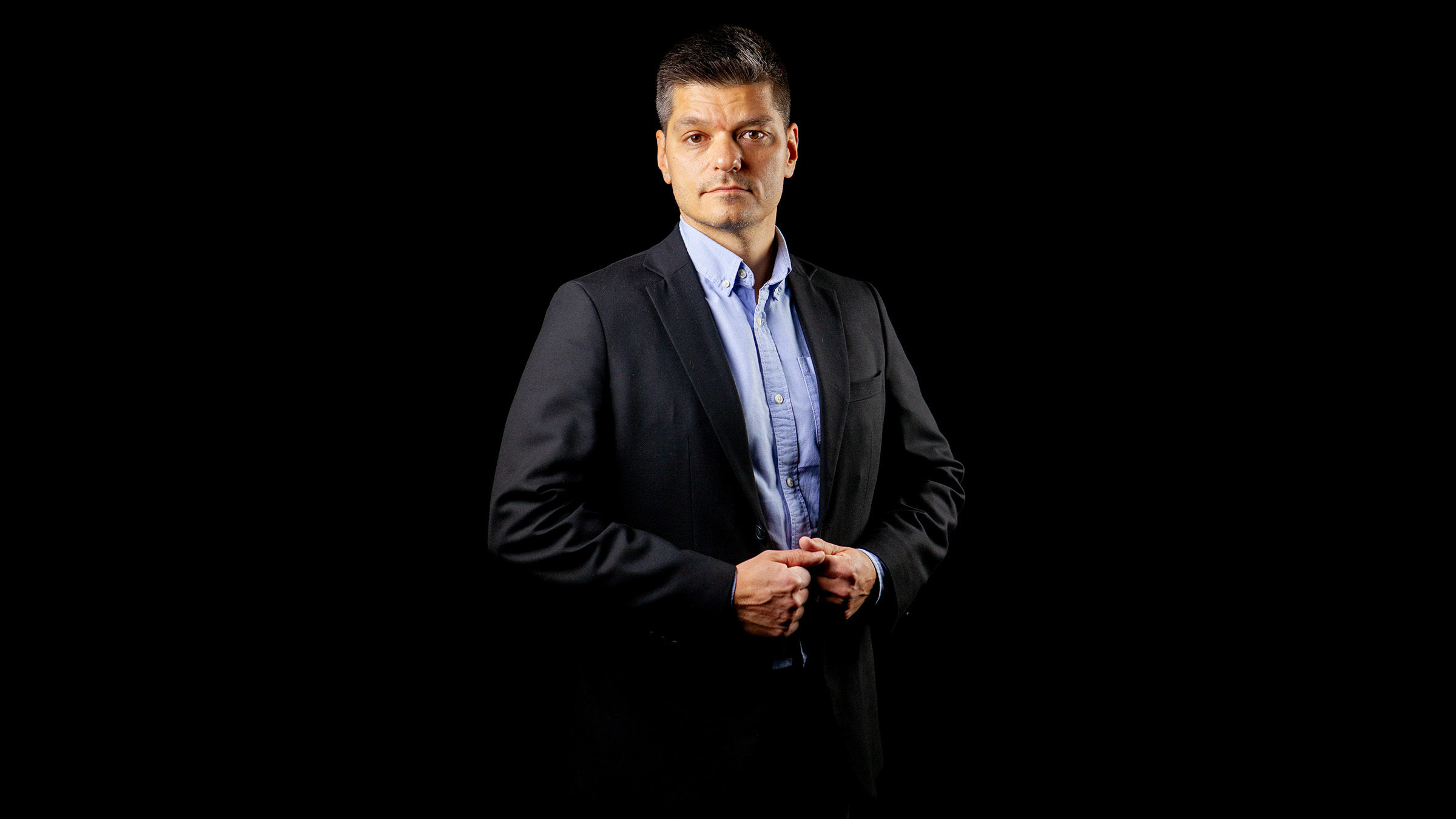
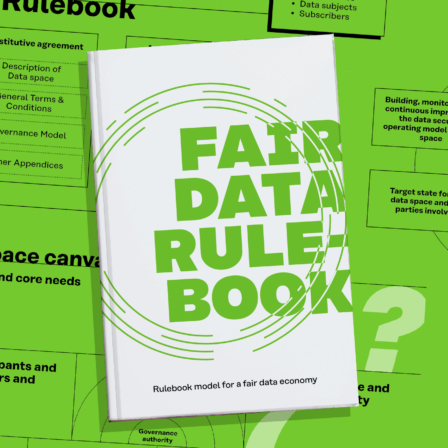



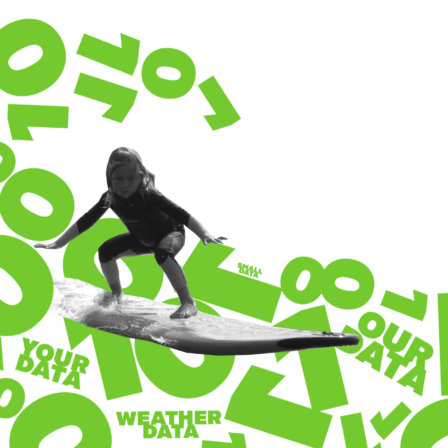
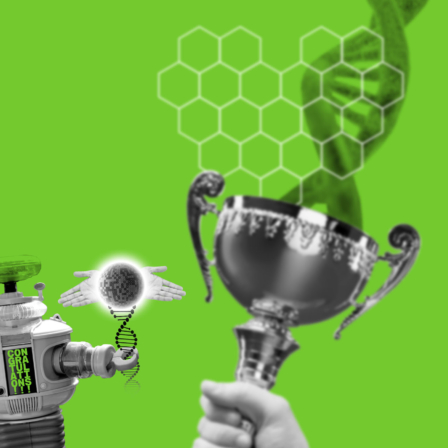
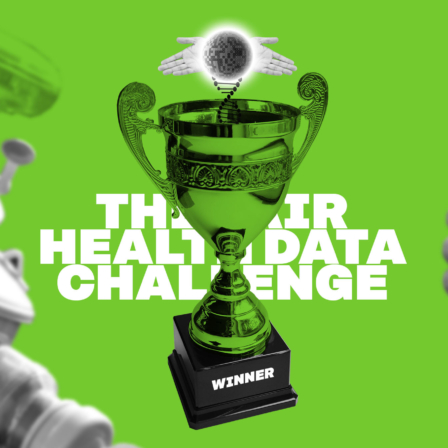
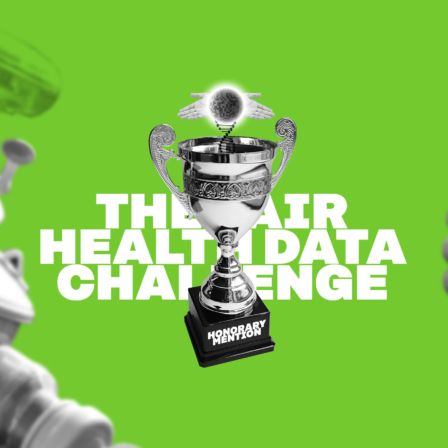




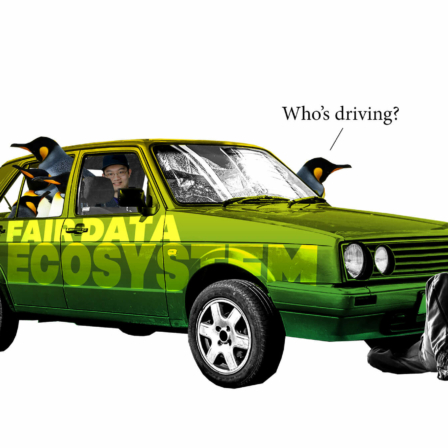



Recommended
Have some more.